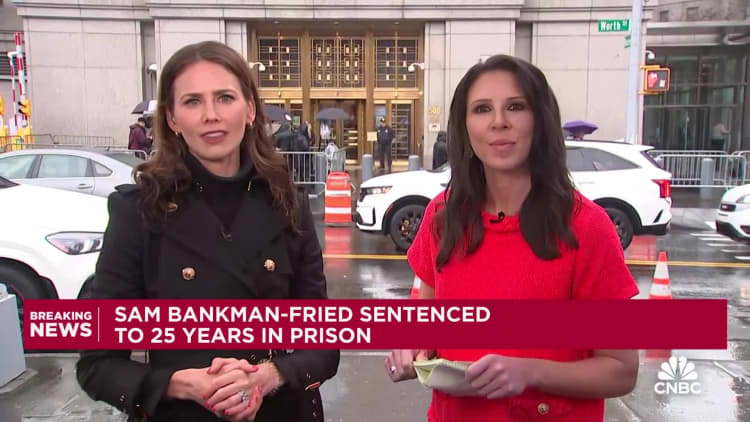
The U.S. economy again added slightly more jobs than expected in June though the unemployment rate increased, the Labor Department reported Friday.
Nonfarm payrolls increased by 206,000 for the month, better than the 200,000 Dow Jones forecast though less than the downwardly revised gain of 218,000 in May, which was cut sharply from the initial estimate of 272,000.
The unemployment rate unexpectedly climbed to 4.1%, tied for the highest level since October 2021 and providing a conflicting sign for Federal Reserve officials weighing their next move on monetary policy. The forecast had been for the jobless rate to hold steady at 4%.
“The job market is bending without yet breaking, which boosts the argument for rate cuts,” said David Russell, global head of market strategy at TradeStation. “Things are not too hot and not too cold. Goldilocks is here and September is in play” for a Fed rate cut.
The increase in the unemployment rate came as the labor force participation rate, which indicates the level of working-age people who are employed or actively searching for a job, rose to 62.6%, up 0.1 percentage point. The so-called prime age rate, which focuses on those between ages 25 and 54, rose to 83.7%, its highest in more than 22 years.
A broader unemployment rate which counts discouraged workers and those holding part-time jobs for economic reasons held steady at 7.4%. Household employment, which is used to calculate the unemployment rate, rose by 116,000. The household survey also showed a decrease of 28,000, in full-time workers and an increase of 50,000 in part-time workers.
Though June job creation topped expectations, it was due in large part to a 70,000 surge in government jobs. Also, health care, a consistent leader by sector, added 49,000 while social assistance contributed 34,000 and construction was up 27,000.
Several sectors saw declines, including professional and business services (-17.000) and retail (-9,000).
On wages, average hourly earnings increased 0.3% for the month and 3.9% from a year ago, both in line with estimates. The average work week was steady at 34.3 hours.
Stock market futures nudged higher following the report while Treasury yields were negative.
In addition to the substantial revision in the May payrolls count, the Bureau of Labor Statistics lowered April to just 108,000, a slide of 57,000 from the previous estimate. Combined, the revisions cut 111,000 from the April and May totals.
Long-term unemployment rose sharply on the month, up 166,000 to 1.5 million, compared with 1.1 million a year ago. The BLS said the share of long-term unemployed as a percentage of the total jobless level was 22.2%, compared with 18.8% a year ago.
The unemployment rate for Black workers moved up to 6.3%, its highest since March. The rate for Asians jumped a full percentage point to 4.1%, its highest since August 2021.
The report comes with Federal Reserve officials contemplating their next moves on monetary policy.
At their most recent meeting, policymakers indicated they need to see more progress on inflation before lowering interest rates, while noting that a strong economy and in particular a solid labor market lessen the urgency to act anytime soon, according to minutes released earlier this week.
Despite indications to the contrary, markets are pricing in two rate cuts, assuming quarter percentage point reductions, before the end of 2024. Fed officials at the June meeting penciled in just one cut, saying they need to see “additional favorable data” before moving forward with reductions.
“There are no cracks here that would cause the Fed to rush to the rescue with rate cuts, and the labor market is in line with a continuation of slowing inflation,” said Robert Frick, corporate economist at Navy Federal Credit Union. “That should lead to one or two cuts this year.”
The Fed targets its key lending rate in a range between 5.25%-5.50%, the highest in 23 years and a level at which it has sat for about a year.
There have been recent signs of cracks in the labor market, with purchasing manager surveys showing contraction in hiring for both the manufacturing and services sector.
Moreover, broader economic growth is slowing. Gross domestic product increased just 1.4% annualized in the first quarter and is on track to grow at just a 1.5% pace in the second quarter, according to the Atlanta Fed.
Credit: Source link














